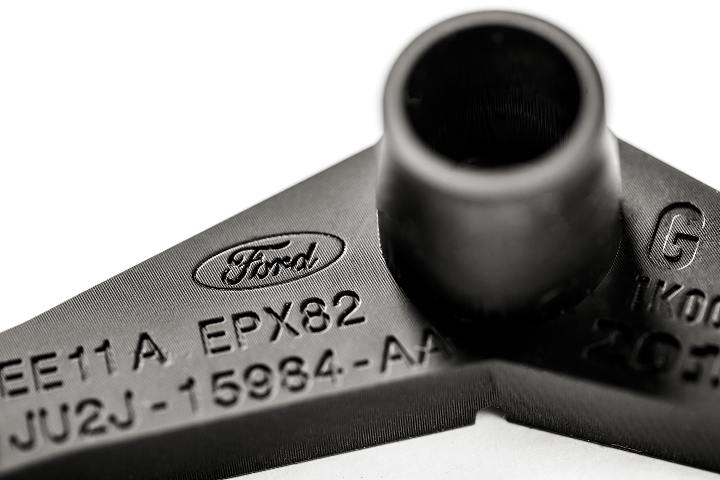Back in May, auto repair industry professionals associated with the International Bodyshop Industry Symposium (IBIS) Worldwide launched the 3D Printing in Auto Repair Task Force. Headed by Harold Sears, who led the additive manufacturing (AM) division at Ford Motor Company, the organization’s intimal members also include a dozen other individuals integral to the US ecosystem for automotive spares produced with AM.
Now, the 3D Printing in Auto Repair Task Force has issued its final report, which can be found here. One of the participants in this initial phase of the group’s activities, Mario Dimovski of The Boyd Group Services Inc., told me that the group plans to continue its activities in some form following the release of the report.
Before that happens, anyone interested in contributing to the organization’s mission should take notice of the report’s main implications. In addition to interviewing industry insiders with relevant experience and conducting both in-person and virtual investigation of parts, members of the 3D Printing in Auto Repair Task Force visited facilities all over the world that are conducting research into AM for auto parts. The report outlines the most common advantages unlocked by use of AM in the global auto industry thus far, while also pointing to issues that will likely only be solvable via coordinated regulatory action.

I think that some of the group’s most intriguing findings entail the current benefits and drawbacks of 3D printed spare parts for auto insurance companies:
On the one hand, for instance, the report notes that, “…[streamlined repair] facilitated by 3D printing leads to reduced repair cycle times. Traditional methods of sourcing, ordering, and shipping replacement parts can be time-consuming, causing delays in vehicle repairs. In contrast, 3D printing enables on-demand production of required parts, significantly accelerating the repair timeline. Quicker repairs not only enhance customer satisfaction but also contribute to lower car rental expenses. Insured individuals experience shorter periods of vehicle unavailability, resulting in reduced rental costs borne by insurers.” On the other hand, as the report also points out, “Increased claims and settlement costs can result from accidents caused by the failure of substandard 3D printed parts. This can lead to higher premiums…Insurers may [also] face regulatory challenges if they endorse or approve the use of 3D printed parts that do not meet safety and quality standards.”

Overall, the report leans more towards the cautious side, which is only sensible concerning a topic where not only great quantities of capital but actual lives are at stake. It is certainly cautiously optimistic, however, and suggests proactive steps that can be taken, most importantly including the recommendation of “a regulatory body or governing authority” that “would define and enforce quality standards, certification processes, and compliance measures for 3D printed parts.”
Both the organization and its report are timely, not only because of the particular set of issues the US auto industry is facing right now, but equally insofar as any precedent set by the group’s work would serve as a viable model to be applied for AM in other industries. It is no secret that the regulatory landscape has to start acting far more quickly in order to catch up to the pace of technological change, and that objective would seem impossible to achieve unless more groups like the 3D Printing in Auto Repair Task Force spring into existence.
Subscribe to Our Email Newsletter
Stay up-to-date on all the latest news from the 3D printing industry and receive information and offers from third party vendors.
You May Also Like
Further Understanding of 3D Printing Design at ADDITIV Design World
ADDITIV is back once again! This time, the virtual platform for additive manufacturing will be holding the first-ever edition of ADDITIV Design World on May 23rd from 9:00 AM –...
3D Printer Maker EVO-tech Reborn as NEVO3D — Once More With Feeling
EVO-tech was a 3D printing service and original equipment manufacturer established in 2013 and based in Schörfling am Attersee, Austria. The company produced high-quality material extrusion systems featuring linear bearings,...
3D Systems Brings 3D Printed PEEK Cranial Implant to the U.S. with FDA Clearance
For more than 10 years, 3D Systems (NYSE:DDD) has worked hand-in-hand with surgeons to plan over 150,000 patient-specific cases, and develop more than two million instruments and implants from its...
CDFAM Returns to Berlin for Second Annual Symposium
The second CDFAM Computational Design Symposium is scheduled for May 7-8, 2024, in Berlin, and will convene leading experts in computational design across all scales. Building upon the first event...































